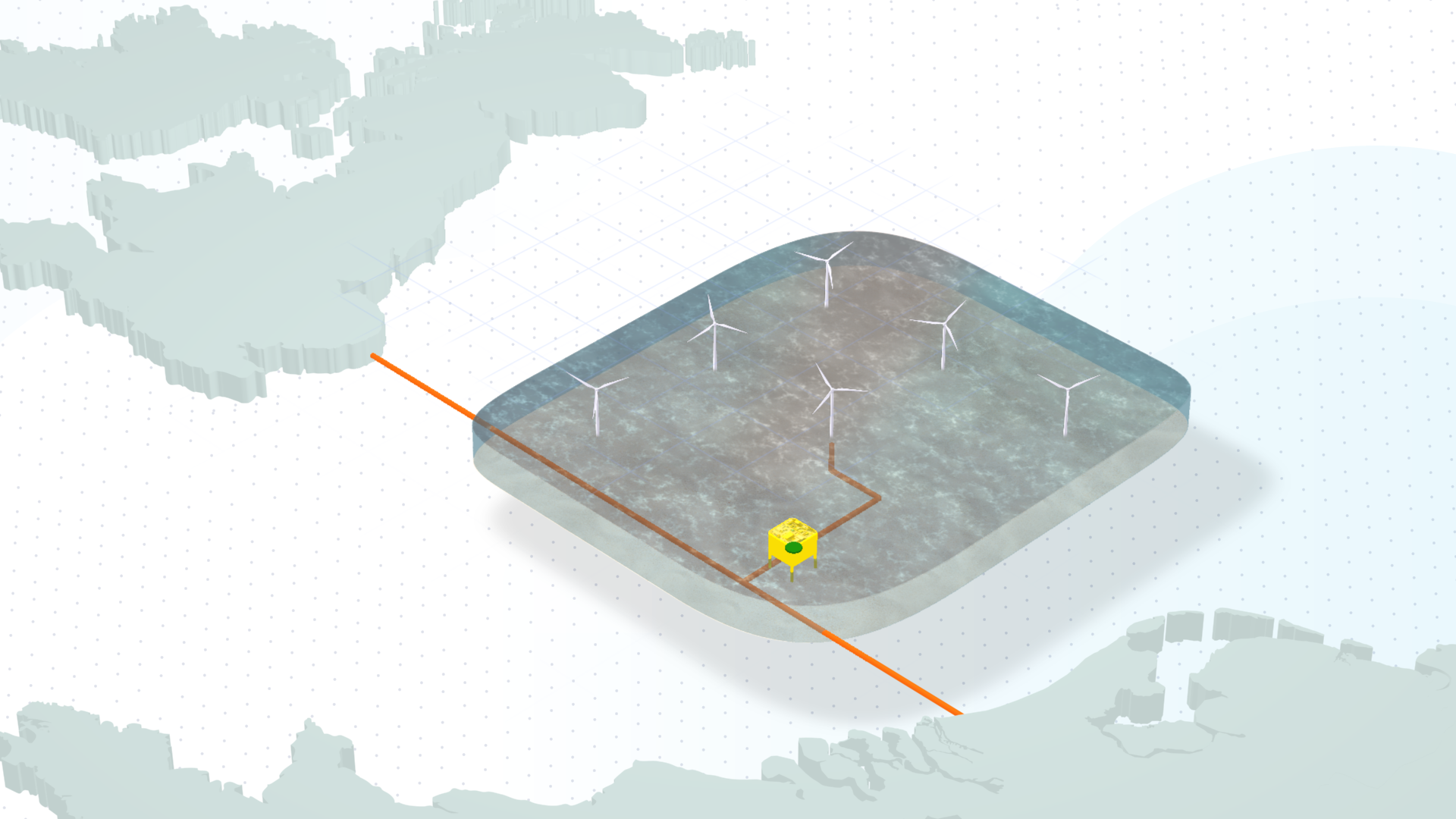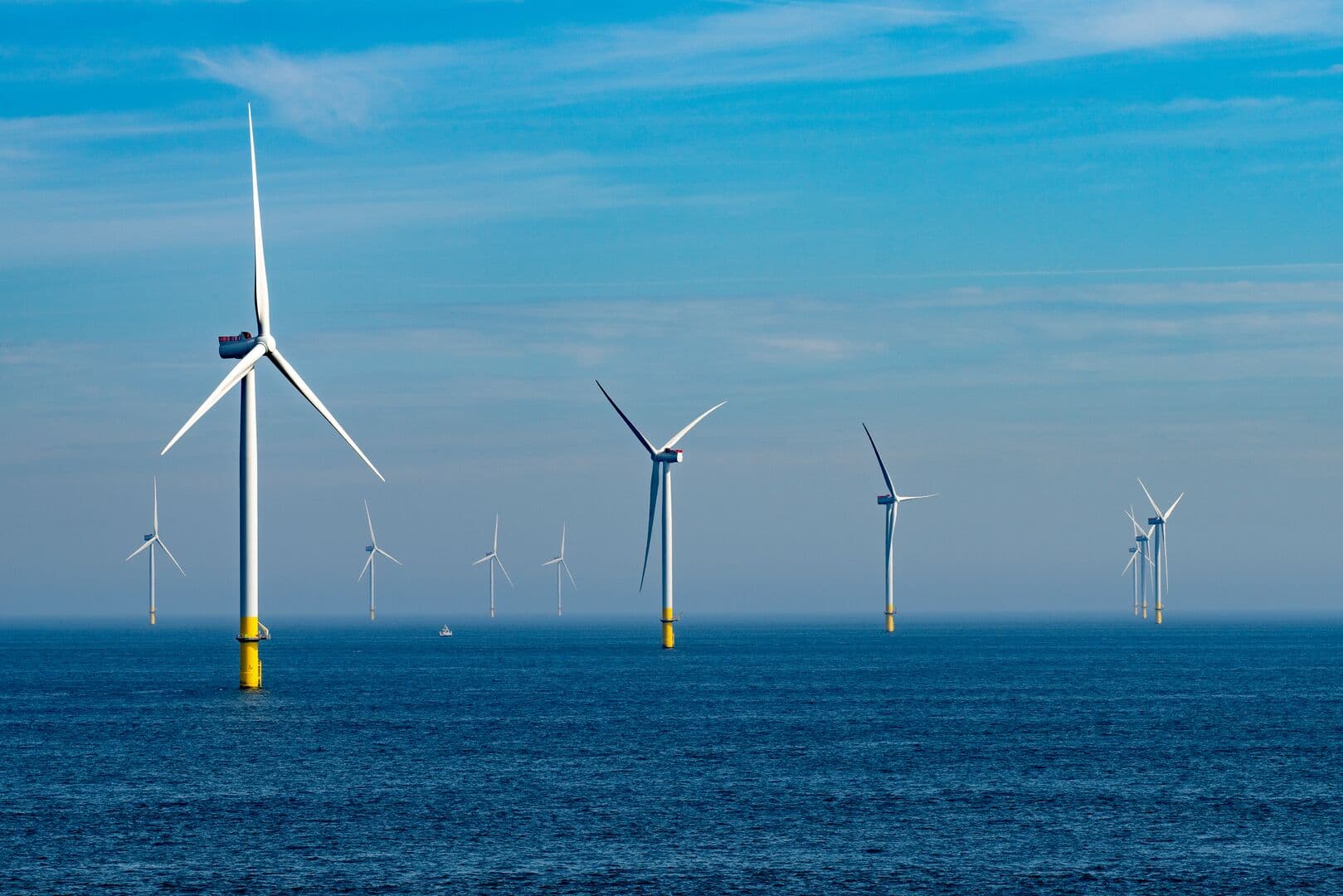LionLink
A vital step towards an integrated North Sea grid
About LionLink
TenneT and its UK project partner National Grid Ventures (NGV), are developing a Multi-Purpose Interconnector, called LionLink. This project delivers a new electricity link between the Netherlands and the United Kingdom. LionLink supports decarbonisation, energy independence and strengthen British, Dutch and European security of supply. The development is the first of its kind for the UK and the Netherlands, and the first step towards an integrated North Sea grid.
Like a conventional interconnector, LionLink enables cross-border electricity transmission and trade. The project is referred to as a Multi-Purpose Interconnector / Hybrid Interconnector because it will connect the two countries via a Dutch 2 GW offshore wind farm. LionLink could supply up to 2 gigawatts (GW) of electricity.
Introducing LionLink

Timeline

2023
Start development phase
2023 – 2026
Stakeholder consultation & licensing process
2026
Final investment decision
2030/2031
Operational
Technical infrastructure
LionLink will connect the Dutch and UK grid via subsea cables, which will connect to a Dutch offshore wind farm via an offshore converter platform.
Platform
The offshore converter platform will be in the Dutch North Sea and owned by TenneT. The platform will have a fixed capacity of 2 GW, which will connected to a Dutch offshore windfarm. Via 66 kilovolt cables, the energy from the offshore wind turbines is transported to the platform. Here, four transformers increase the voltage before the electricity enters the converter halls. In these halls the energy is converted to 525 kV DC, in order to prepare it for transmission to land. The connection operates on 525 kV high voltage direct current - allowing highly efficient energy transmission over long distances.
Cabling
LionLink will transmit electricity under the North Sea through submarine cables. All the cables will be buried underground from the landfall site to the converter station and then underground again from the converter station to the substation.
Converter station on land
At the converter station, the electricity will be transformed from high voltage direct current (HVDC) into high voltage alternating current (HVAC), which is necessary to enable the electricity to be fed into the onshore high voltage grid.

Q&As
The lion is the national animal of the Netherlands. The animal symbolises the Netherlands and appears on the coat of arms. In addition, the national soccer team carries the nickname, the orange lions. The national animal of England is the lion, where the connection will land.
LionLink is a vital step towards the development of an offshore North Sea electricity grid. This so called Multi Purpose Interconnector is ahead of a planned meshed, interconnected and hub-based offshore (and partly onshore) DC-system as proposed in Target Grid, efficiently unlocking the North Sea as the main source of renewable energy for north-western Europe.
Alternating current, AC (also known as AC, for Alternating Current) is an electric current with a periodically changing direction of current flow. This form of electricity is supplied to households and industry through the electricity grid. The current changes direction at a frequency of 50 times per second, or 50 Hz.
Direct current, DC voltage (also known as DC, for Direct Current) is an electric current that flows continuously in one direction. Direct current is mainly used for offshore cable connections over long distances of more than 100 kilometres.
This will be decided in the next phase of the project and depends on what 2 GW project will be involved.

Manon van Beek, CEO TenneT
“It is my conviction that offshore hubs configured in a meshed DC grid must form the backbone of the North Sea powerhouse. This is a view that is increasingly shared, and for me and TenneT, it is more than a vision of the future. In fact, we are already doing it by kicking off this ground-breaking LionLink project right now. It is a first step and a great opportunity to learn as the offshore grid takes shape.”